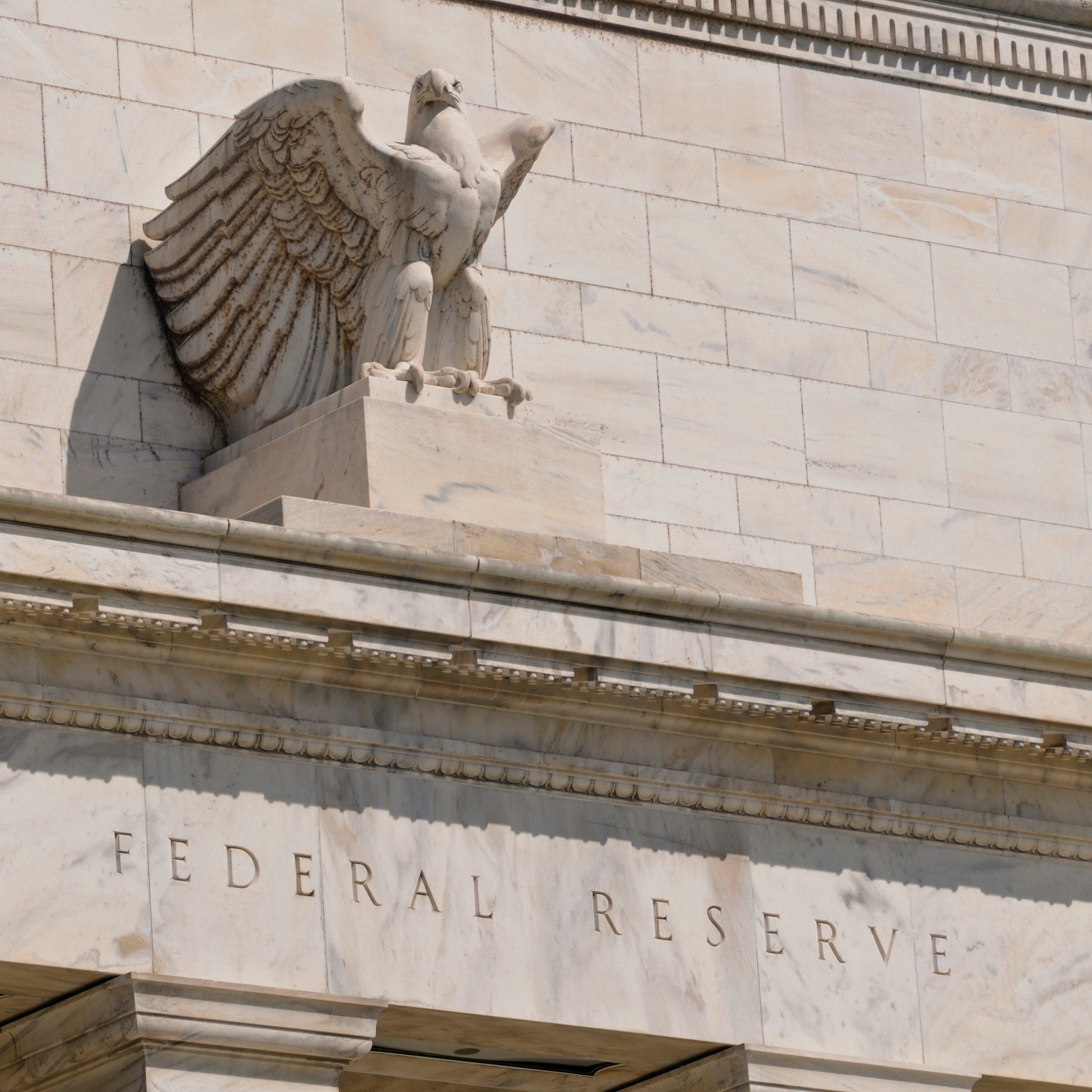Banking, finance, and taxes
Merrill Lynch Says Stick With 3 Top US Banks as Fed Unwind Begins

Published:
Last Updated:

It finally has started. After years of Federal Reserve bond buying to keep interest rates low, the central bank is beginning the process of trimming the gigantic balance sheet it has accumulated. While actually just a minimal move to start, the Fed will just let maturing bonds roll off, and the proceeds will not be reinvested. However, combined with an expected December rate increase, it’s more than enough to push rates higher, and that could affect some of the top U.S. banks.
A new report from Erika Najarian, the outstanding bank analyst at Merrill Lynch, makes the case that Fed unwind and ensuing rate increases will have different consequences for the banking sector, and she feels the risk/reward for three top companies in her coverage universe remains strong. All are rated Buy at Merrill Lynch.
This stock trades at a very reasonable 12.55 times estimated 2018 earnings and could respond well in a rising rate scenario. JPMorgan Chase & Co. (NYSE: JPM) is one of the leading global financial services firms, and one of the largest banking institutions in the United States, with about $2.6 trillion in assets. The company as it is today formed through the merger of retail bank Chase Manhattan and investment bank JPMorgan.
The firm has many operating divisions, including investment and corporate banking, asset management, retail financial services, commercial banking, credit cards and financial transaction services.
The bank recently raised the dividend to $0.56 from $0.50, which was ahead of the of many Wall Street estimates. Top analysts also see share buybacks of $19.4 billion of stock through 2018, a huge positive for shareholders.
JPMorgan investors are paid a solid 2.36% dividend. The Merrill Lynch price target for the stock is $99, and the Wall Street consensus target is $95.12. The stock traded Friday morning at $94.70 a share.
This bank posted outstanding second quarter results, beating on the top and bottom line, and may be among the best buys in the banking and investment arena. Morgan Stanley (NYSE: MS) is another one of the white glove Wall Street firms that continues to show tremendous growth, and is running neck and neck with Goldman Sachs as the bank of choice for high-profile IPOs.
Trading at a price-to-earnings (P/E) multiple of 12.2 times estimated 2018 earnings, that seems extremely reasonable given the 2018 expectations for EPS growth of almost 15%. The company also has $570 billion in cash equivalents on its balance sheet, versus $296 billion in total debt. The dividend was raised earlier this year to $0.25 from $0.20, and the company is expected to buy back $5 billion in stock through 2018.
Second-quarter FICC trading revenues were $1.2 billion (down only 4% year over year, versus down about 15% for peers). Despite the decline in FICC, this was the fifth consecutive quarterly revenue run-rate above management’s target of $1 billion. Other capital markets revenues were better than expected. Separately, wealth management is also performing well.
Morgan Stanley investors are paid a 2.07% dividend. Merrill Lynch has a $51 price target, and the consensus price objective is $49.54. Shares traded on Friday at $48.00.
This is another stock for investors to look at now for safety, dividends and solid upside potential, and it was among the biggest winners in the analyst’s view. Wells Fargo & Co. (NYSE: WFC) is a nationwide, diversified, community-based financial services company with $1.8 trillion in assets. The company provides banking, insurance, investments, mortgage and consumer and commercial finance through 8,700 locations, 12,800 ATMs, the Internet and mobile banking. It also has offices in 36 countries to support customers who conduct business in the global economy. Wells Fargo serves one in three households in the United States.
Wells Fargo has slowly, but surely, become one of the biggest mortgage lending companies in the United States, in addition to its normal banking and brokerage businesses. A continued increase in commercial real estate lending could really boost the bank’s bottom line and overall revenue. The stock also remains a top Warren Buffett holding.
After some huge public relations stumbles, Wells Fargo’s sales issue should be largely behind it. The stock has lagged since the sales issue surfaced (underperforming the banking index by 20%). Most on Wall Street feel its successful Comprehensive Capital Analysis and Review, improvement in the efficiency ratio in the second quarter (with further improvement to come) and an attractive valuation make the company compelling going forward.
Wells Fargo shareholders receive a 2.9% dividend. The $62 Merrill Lynch price target is well above the consensus target of $57.83. Shares were last seen at $54.05.
Sticking with the big capital market leaders makes sense, especially with some volatility creeping back into the overall markets. The long-term outlook for these large cap companies is solid, and the financial strength that the stress tests and capital allowances earlier this year confirmed made the sector a very solid play for the rest of 2017 and beyond.
Retirement can be daunting, but it doesn’t need to be.
Imagine having an expert in your corner to help you with your financial goals. Someone to help you determine if you’re ahead, behind, or right on track. With SmartAsset, that’s not just a dream—it’s reality. This free tool connects you with pre-screened financial advisors who work in your best interests. It’s quick, it’s easy, so take the leap today and start planning smarter!
Don’t waste another minute; get started right here and help your retirement dreams become a retirement reality.
Thank you for reading! Have some feedback for us?
Contact the 24/7 Wall St. editorial team.